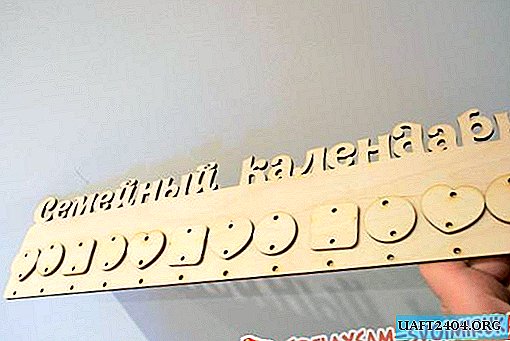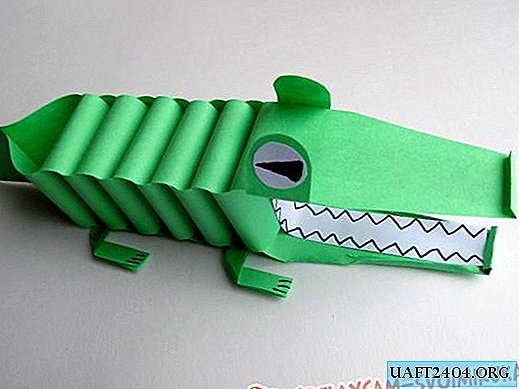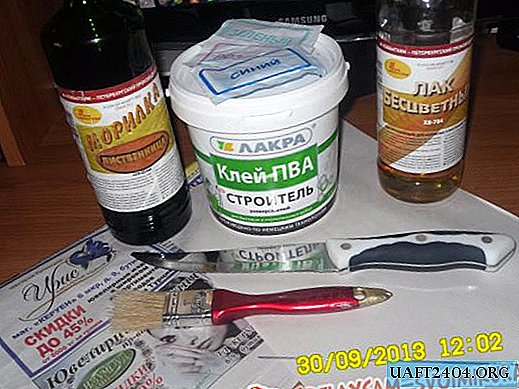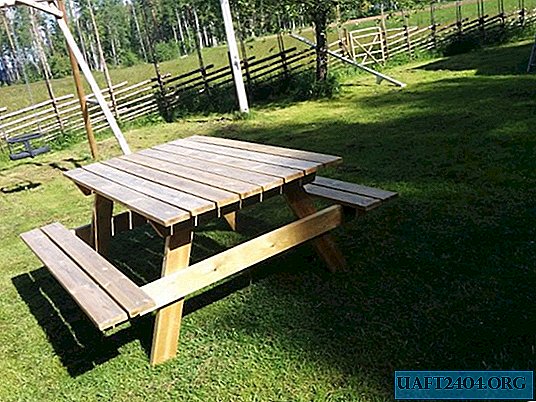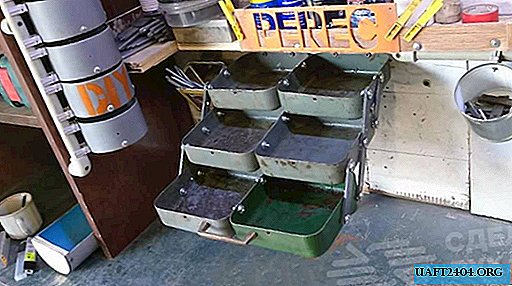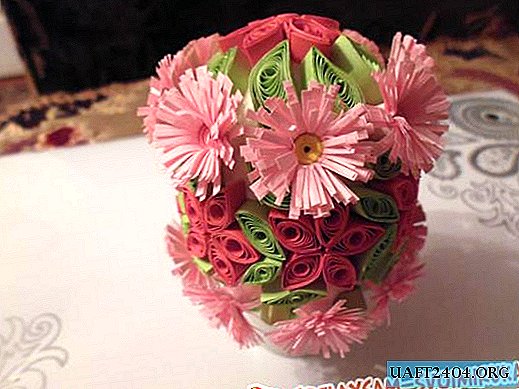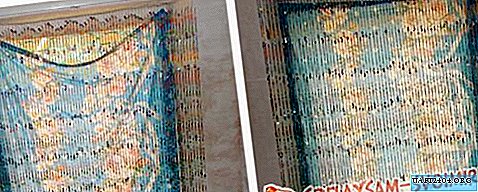Share
Pin
Tweet
Send
Share
Send
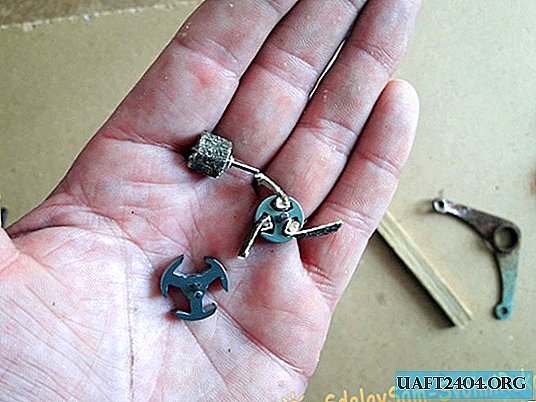
There is such a situation when the desired tool or consumable is missing. Broke, end - no matter. And it’s good if the store where you find the necessary item is nearby. In today's master class, we will focus on grinding heads with replaceable sandpaper (or cloth). In my case, the grinding heads for the drill have worn to the extreme extent - not a single grain of sand is left! I have not yet waited for new orders from the chain store, but I can’t find such orders in local stores.

But the work is worth it! Have to tinker a bit, and do the necessary thing yourself. The first thing you should pay attention to in such a situation is a suitable basis for the future head in terms of parameters. In this case, these are anchors from small, three-volt engines. Surely, everyone on the farm will have an unnecessary engine, or a broken toy, from which you can extract the engine. Anchors from engines have perfect balance and weight to create a temporary (or even permanent!) Similar tool. Anchors, as everyone knows, are the most diverse in size and thickness. I made out three different engines. Let's see what you can figure out of this!
You will need:
- Electric motors (having anchors of the size you need).
- Sandpaper or fabric (again, the section you need).
- Any dry branch, or stick, which will fit into the gaps between the blades of the anchor.

Tool Needed:
- Scissors.
- Pliers.
- Boron machine with a cutting disc.

Production of grinding heads
First, we’ll remove the anchors from the engines You can divide such an engine into components by bending the staples on the sides, at the bottom of the engine.


If it is not possible to bend the staples (it happens, too!), Then simply cut them with a drill or file.


Dismantled. We take out the anchors from the hulls.

We pick out the copper winding, and cut off with a drill one of the ends of the steel rod, right under the root.


Here are the blanks, that is, the basics:

Now we take the necessary grit sandpaper, measure the necessary width, and cut off the tape.



We measure with tape the full revolution from one anchor gap, with a margin of 2-3 mm. We shove one end into the gap, wrap it around (grain out, of course!) And shove the free end of the tape into the same gap, where the tape starts. Like this:


The clutch, thanks to the sandpaper grains, will be excellent, it will not fly out! If the anchor has large gaps, then, instead of a solid winding from sandpaper, it is possible to make petals that will be fixed in the gaps with wedges from sticks.

Such petals will work no worse than a solid winding.

From a flat anchor, maybe a good head will not work.
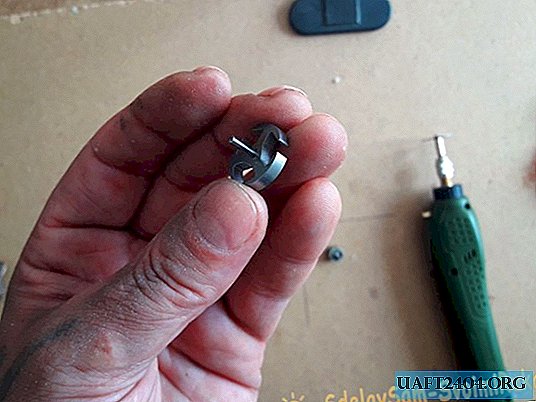
But it’s a wonderful milling cutter for woodcarving. It is only necessary to sharpen the ends of the anchor in the direction you need, and the opposite, on the contrary, to mow inward. Correct file.



In the same way, you can make grinding heads of any size, even for a large drill. They work no worse than purchased ones, this can be clearly seen in the video. The rust is removed, metal and wood are polished.


And most importantly - you can always replace the necessary sandpaper yourself, without buying ready-made in the store. A flat anchor cutter also performed well. Overall; as an alternative to a failed original - that’s it!
Share
Pin
Tweet
Send
Share
Send

